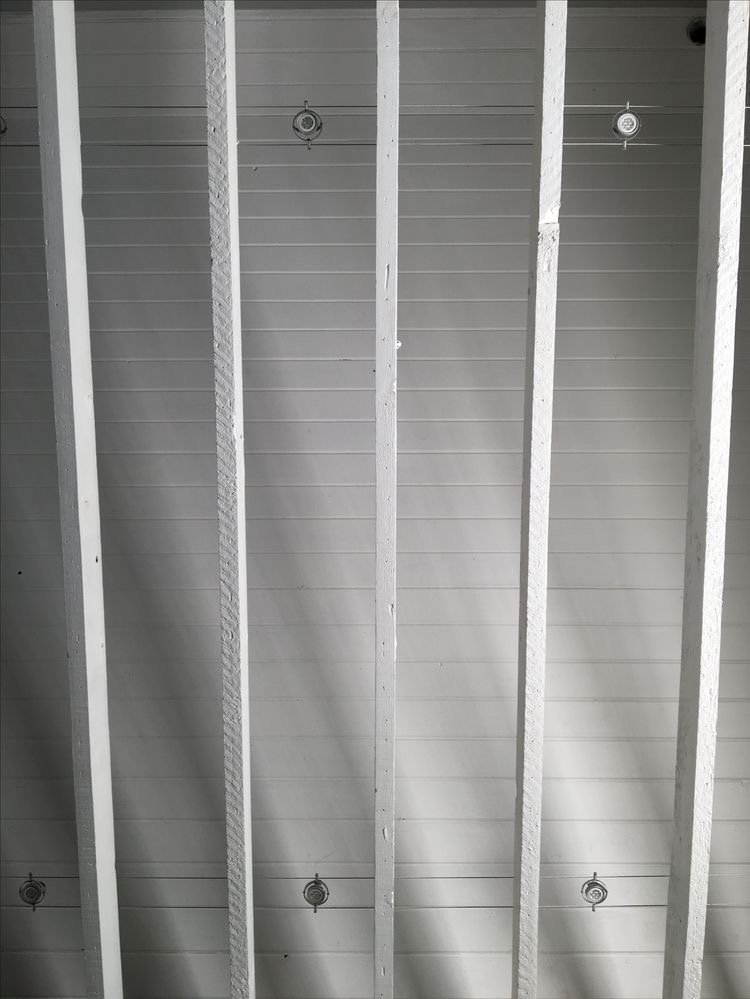Why authenticity matters in your home.
Think about an orange.
It has colour, texture, scent. When you peel it, the oils release. The juice is bright—sweet, maybe a little tart. It’s real. You don’t need to be told it’s an orange—you know.
Now picture an imitation orange. Plastic, glossy, smooth. From a distance it looks the part, but up close? No scent. No weight. No juice. No life.
That’s the difference between real materials and ones that only look the part.
Authenticity in design isn’t just about appearances—it’s about how things feel, age, and endure over time. Here’s why I believe in using materials that don’t pretend to be something they’re not:
1. Real materials age well
They don’t wear out—they develop character. The patina, the marks of use… it all adds to the story of your home.
Project: Tree House - Cedar shake siding has depth and character.
2. They tell a story
From locally sourced stone to reclaimed wood, authentic materials connect you to place and process.
Project: Chateau Vinet - Exposed roof structure adds texture and depth to the space. Nail holes and saw marks embrace the materials past.
3. You feel the difference
Real materials have a weight, warmth, and texture you can’t fake. They ground a space in reality.
Project : Urban Barn - Natural cedar project the space from the elements while the warm tones invite you in.
4. Imitations don’t last
Faux finishes often wear faster and feel dated sooner. Real materials tend to outlast trends and time.
Project: Novak - A beautiful stone fireplace was kept during renovations and stained with masonry-specific stone stain in black. It maintains the texture and variation of the stone.
5. It’s about integrity
Design built with honest materials just feels right. It’s more than surface—it’s substance.
Project: Cabin 18-6-15. - When carefully constructed and meticulously considered, humble framing material is elevated into a warm and cozy interior .
Looking for authentic design? Reach out.






